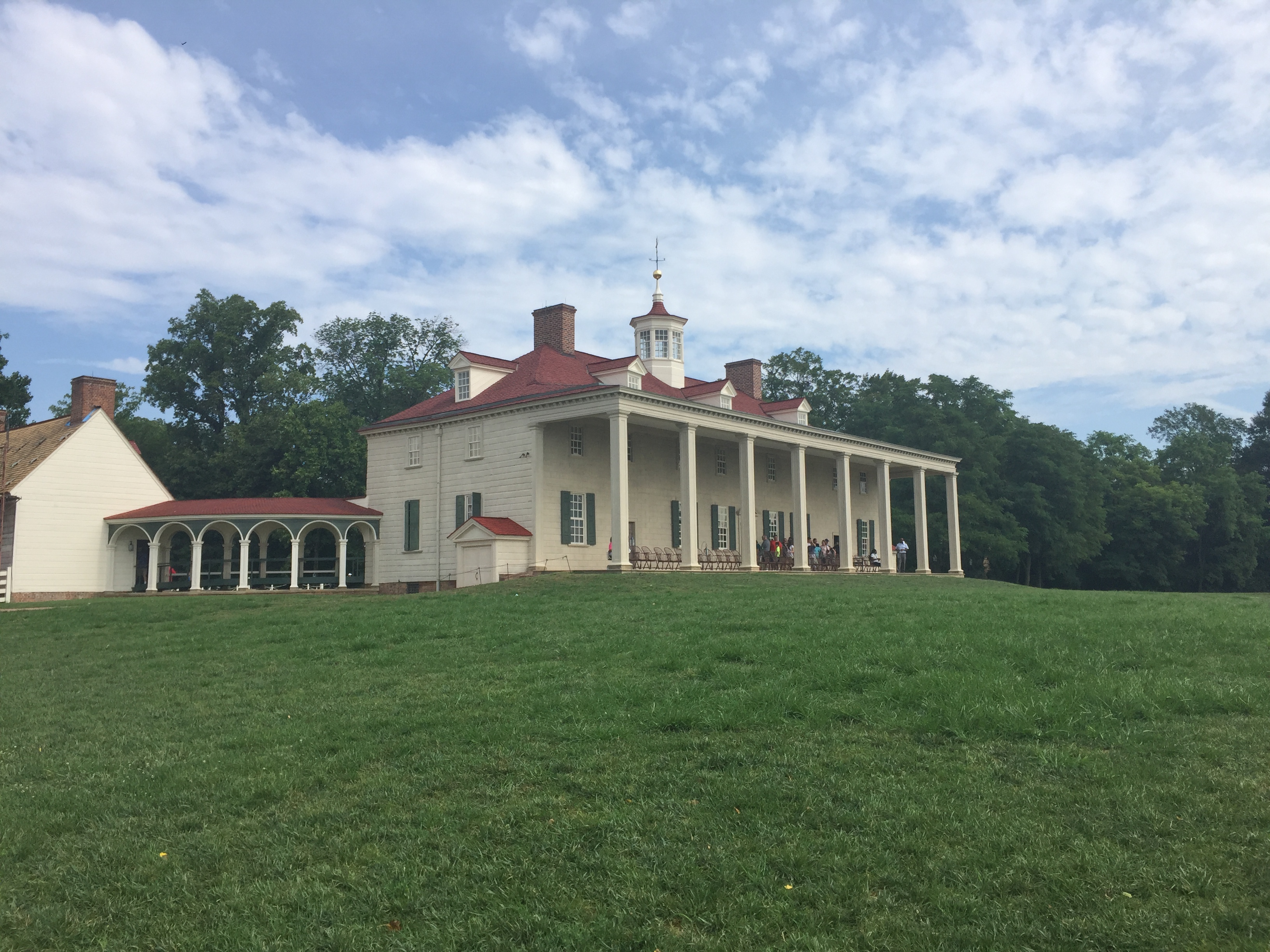Week 8 - The Bahamas, Kyrgyzstan, and Mount Vernon
The main task of this week involved the creation of a new bench book for The Bahamas. Bryony and I were tasked with completing the research for this bench book. We poured over the legislative database of the Bahamas, the websites of the Supreme Court and the Ministry of Legal Affairs, and NCSC’s previously compiled research to pull together everything we could on The Bahamas’ legal system. The categories of research included: sentencing guidelines, rules and procedures of the Magistrates’ Court, indictable offenses, and competency hearings. Learning about the legal system of this country was fascinating and finding all of the required information was like conducting a treasure hunt, albeit a treasure hunt that would bore a child to death. The list of legal texts that I read included: the Constitution of the Bahamas, the Penal Code, the Criminal Procedure Code, the Criminal Law (Measures) Act, the Prisons Act, the Abolishment of Mandatory Minimum Sentences Act, the Offenders (Community Service and Supervision Order) Act, the Magistrates Act, the Preliminary Inquiries (Special Procedure) Act, the Rules of Supreme Court, and the Evidence Act.
By far, the most interesting aspect of this research involved looking at the maximum sentences and descriptions of different offenses. I found it peculiar that two seemingly similar violations could carry two wildly different sentences. This was a phenomenon that occurred very regularly in the Penal Code. After finishing a long week of research, we sent everything to a group of three judges that would be putting together the final project. They seemed pleased with our work which was gratifying due to the amount of time that we dedicated to this single task.
At the end of the week, Bryony and I attended a change management workshop conducted with two judges from Kyrgyzstan. This was a remarkable event and it was a great way to end a week full of research. Very early on in my internship I researched juvenile justice reforms and how it could apply to countries like Kyrgyzstan and it was rewarding to see this information being directly used in the presentation. A chart of my own creation outlining the different change strategies was even used in the final presentation. The whole event was conducted with a translator so we all had ear pieces which added to the already fascinating event. The translator was amazing! The ease at which he instantaneously translated the often quick speaking judges cultivated an enormous amount of respect from everyone in the room. At the end of the day, I learned a lot about current legal system of Kyrgyzstan and the various obstacles it will face in implementing its change plan.
Moving to the weekend, I spent Sunday at Mount Vernon, the property where George Washington lived, died, and is buried. The house and the surrounding grounds are beautiful and everything was preserved to look as if Washington was still inhabiting the area. While the tour of the house itself was rushed due to the long line of visitors pushing their way through, it was great to catch a brief glimpse of the way our first President lived. The many ornate dining rooms and guest bedrooms painted a picture of a lavish lifestyle but these images were contrasted with stories of Washington’s hard-working demeanor and tours of the various structures that he built himself. I really enjoyed walking around the grounds and seeing the ice house, the stables, the gardens, and the tomb which housed the remains of George and Martha Washington. Overall, Mount Vernon was well worth the trip and I highly recommend that anyone who has not seen it yet should head over to the area if they have the chance.

